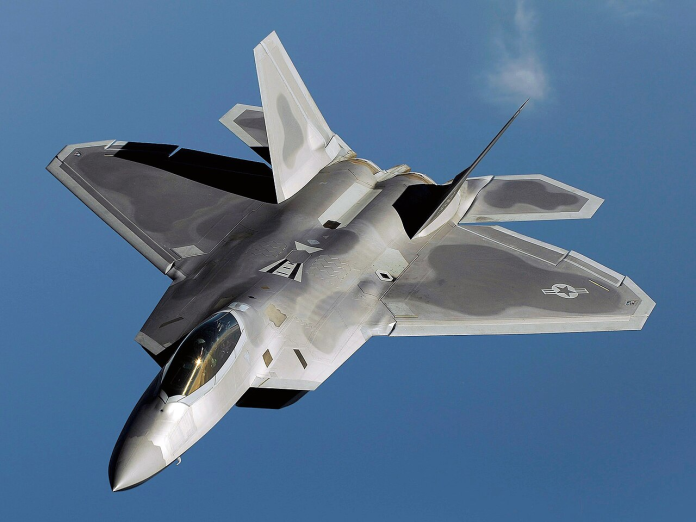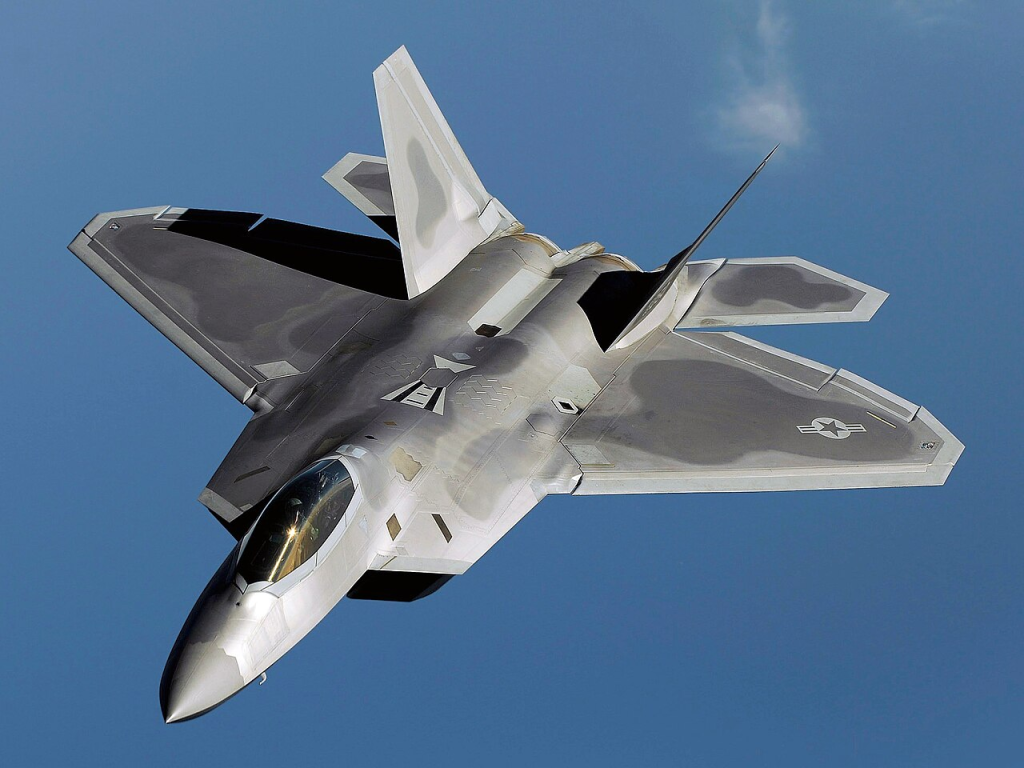
In air dominance, the Lockheed Martin F-22 Raptor has been the pinnacle of modern fighter technology for decades. Nevertheless, its apparent invincibility was put to the test in a 2012 Red Flag exercise when the Raptor was “evenly matched” with the Eurofighter Typhoon.
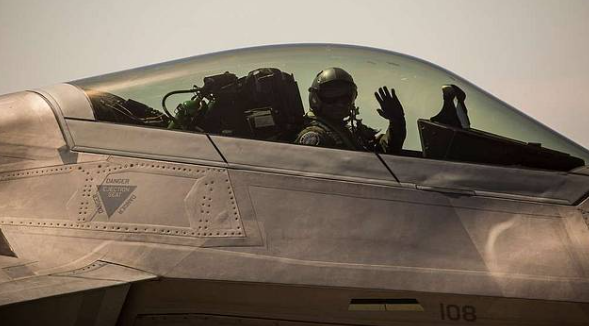
This generated controversies regarding the degree of technological superiority, pilot skills, and aerobatic maneuverability of modern air combat.
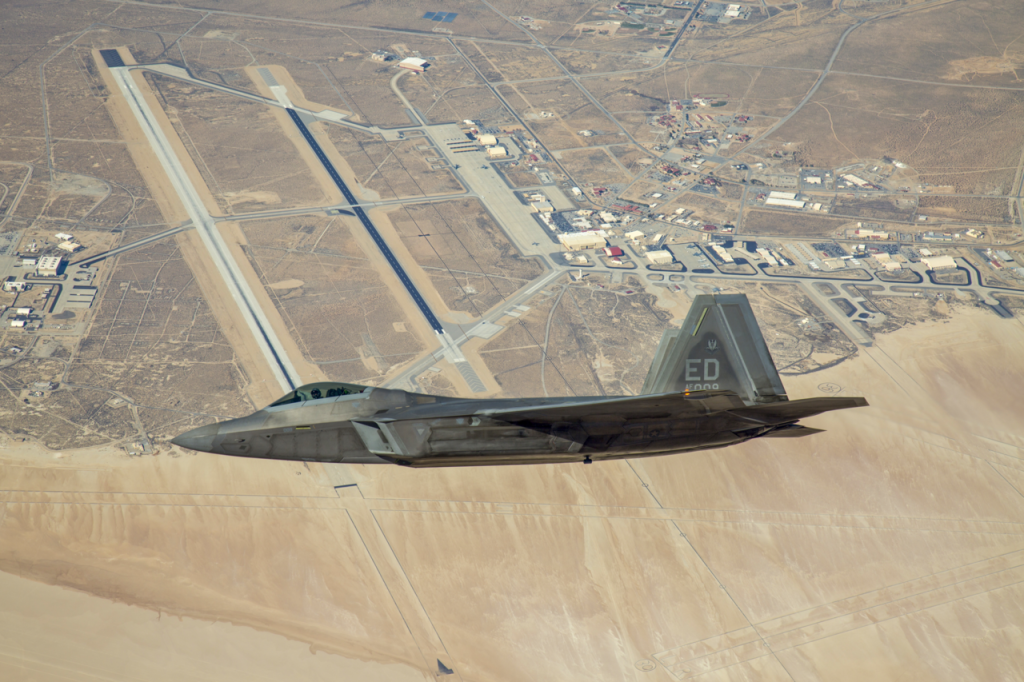
1. The Red Flag Confrontation
The F-22’s encounter with the Typhoon was in Red Flag training over Alaska, a program designed to simulate realistic air threats. German Eurofighter pilots won a symbolic win over their American counterparts. Though the encounters were simulated, the pilots treated them seriously, as one said, “they had a Raptor salad for lunch.” The encounter proved that even stealth aircraft may have trouble when faced by highly maneuverable opponents.
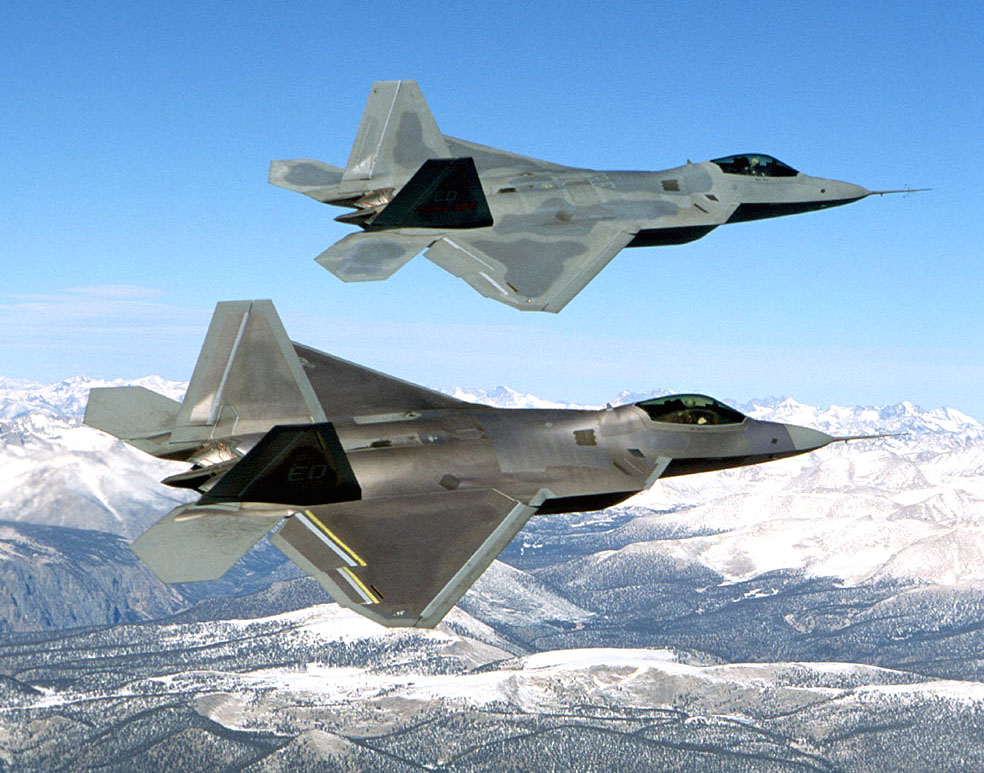
2. Stealth vs. Maneuverability
While the F-22 has stealth, thrust vectoring, and sensor fusion, the Typhoon’s high thrust-to-weight ratio and rapid acceleration allowed it to take advantage of close-in combat dynamics. These dogfights proved that beyond-visual-range dominance isn’t always translated to near-field superiority, and that maneuverability and tactical siting are still crucial.
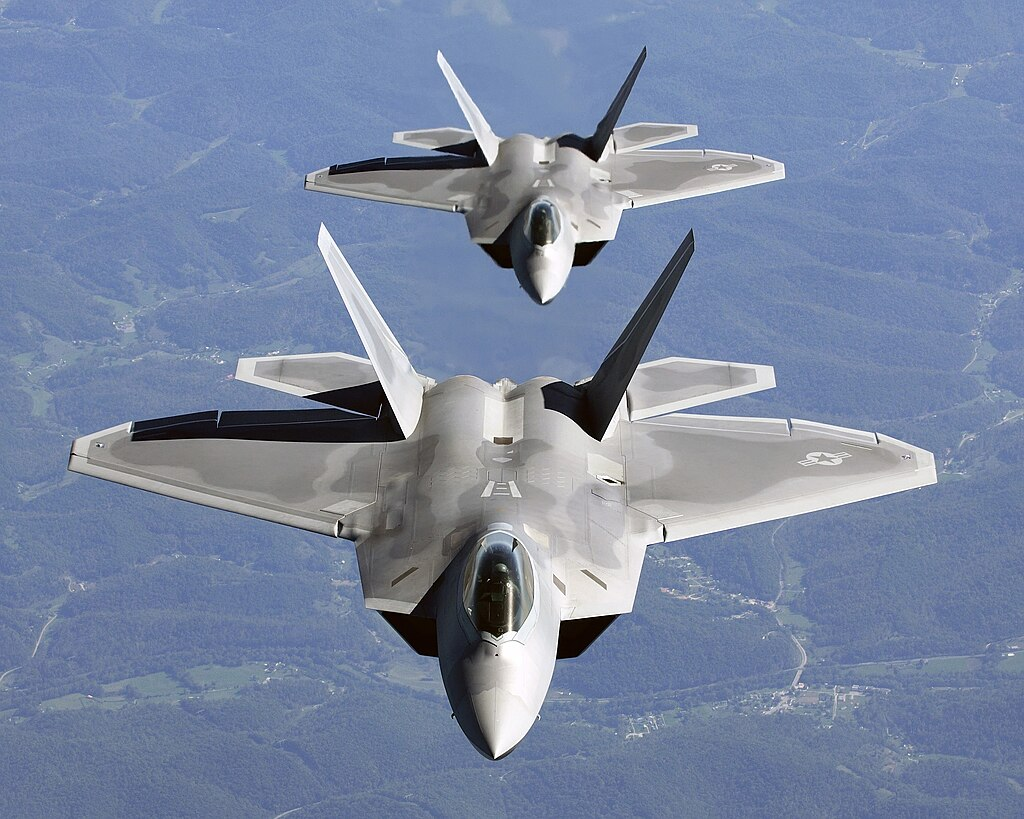
3. External Factors Matter
During training, the F-22 was equipped with external fuel tanks, which compromised stealth and maneuverability. In combat, pilots would jettison these tanks to enhance performance. This observation illustrates how situational elements can greatly impact outcomes despite even the most superior fighter airplanes.
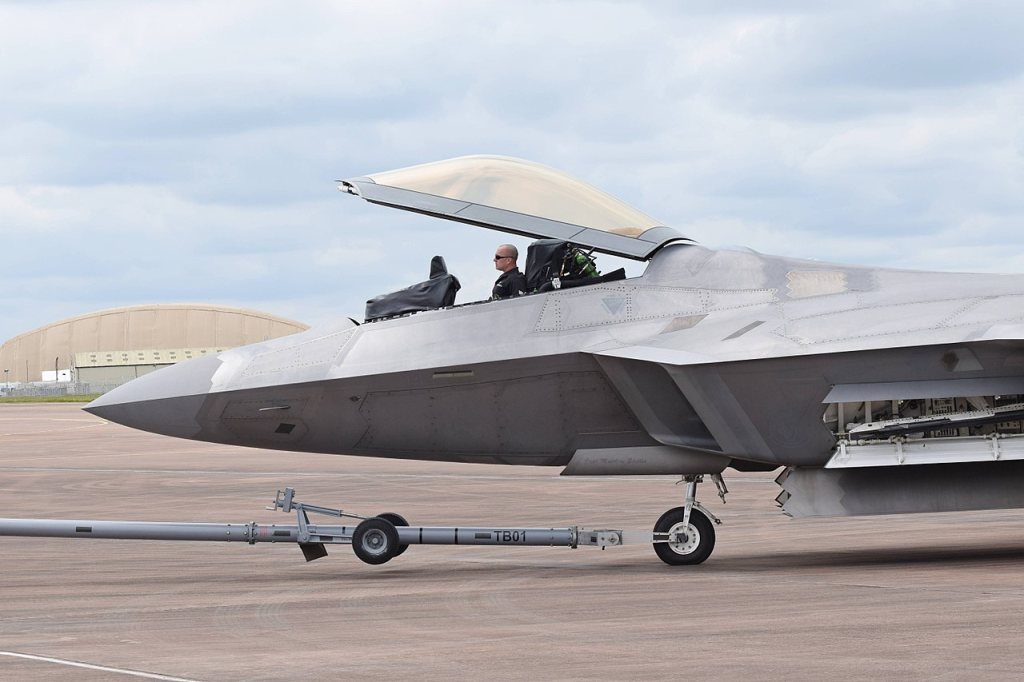
4. The Human Factor
The “Any Given Sunday” hypothesis applies here: given the right circumstances, even a high-tech plane can be countered. Pilot training, situational awareness, and adaptability continue to hold the ultimate influence. As one training pilot described it, the Eurofighter is “an animal with no tanks,” and being close to it is key to exploiting its strengths.
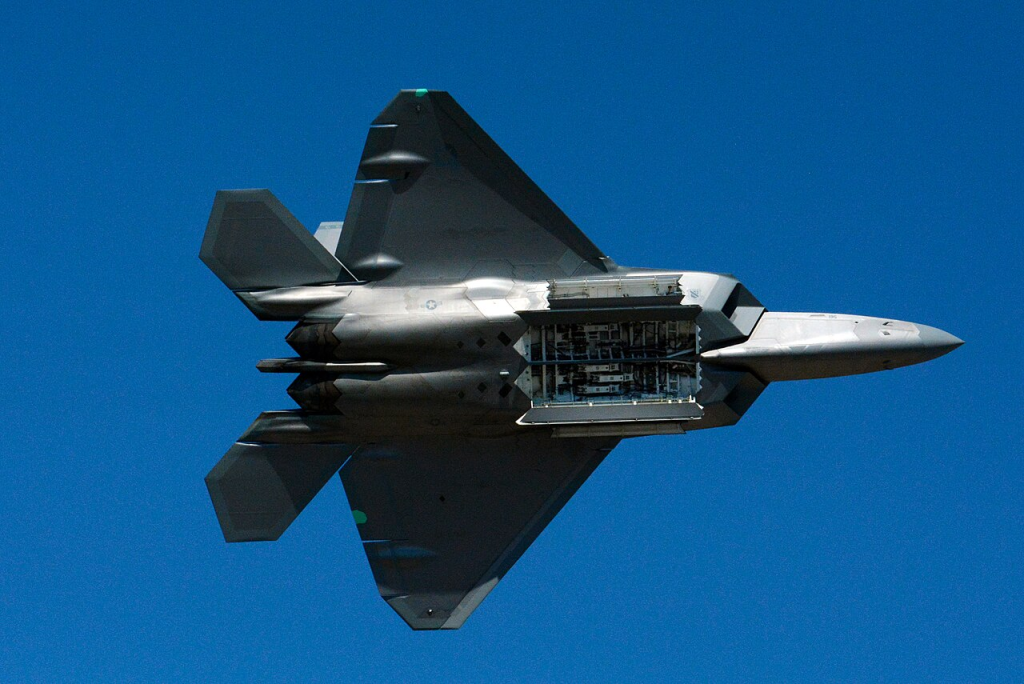
5. Dogfight Dynamics
Close-range fighting negates some of the technological benefits. Typhoon’s low wing-loading and high G-tolerance provide for such aggressive flying that strains F-22’s handling capabilities. These flights offer valuable lessons, guiding pilots and engineers to maximize each aircraft’s operational potential.
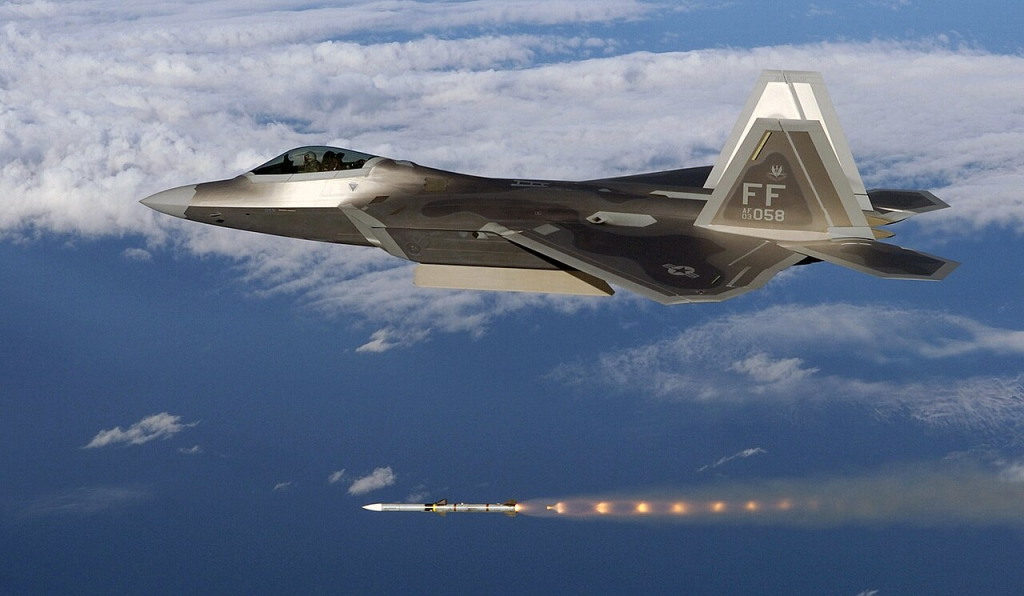
6. Force Multipliers in Modern Combat
Mating the F-35 Joint Strike Fighter with the Raptor reshapes the battlefield once more. As a force multiplier, the F-35’s data link capabilities and sensor suite enhance the operational capability of the F-22, showing how technology and collaboration intersect to address the needs of modern air warfare.
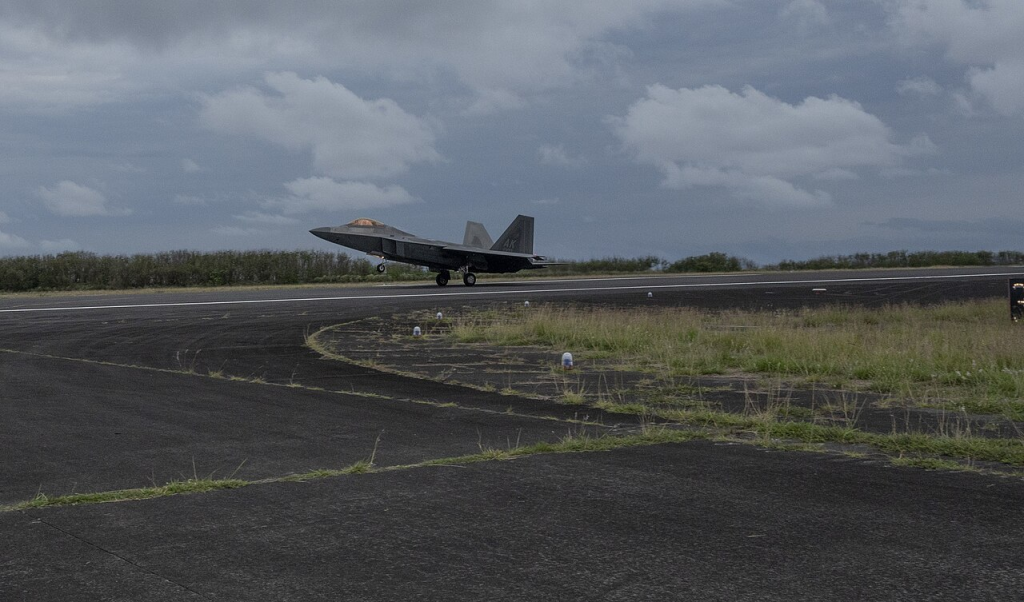
7. Lessons Learned
Events like the 2012 Red Flag show air-to-air combat is an evolving, dynamic art. Technology holds a decisive edge, but strategy, training, and pilots’ skills are no less essential. The F-22 legacy isn’t just its advanced design it’s also the way human capability and strategic thinking leverage that technology in flight.
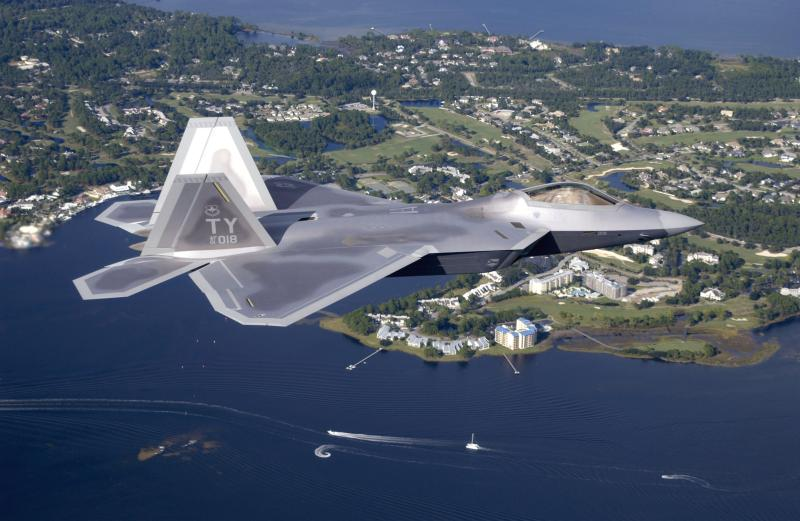
Whether the F-22 is unbeatable is a complicated “yes” or “no.” It is among the finest air superiority fighters in the world, but exercises against such jets as the Eurofighter Typhoon remind that air superiority is situational, and supremacy in the air is a function of machine and man combined.
